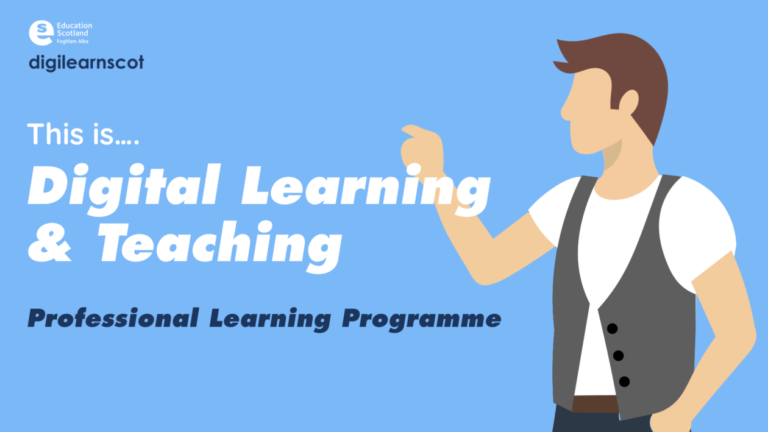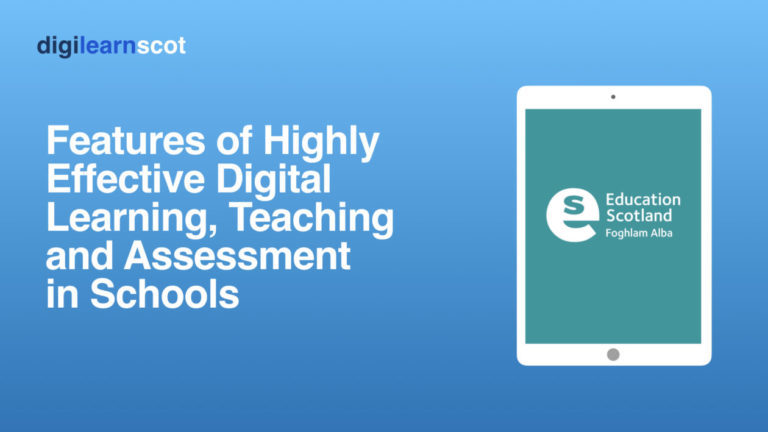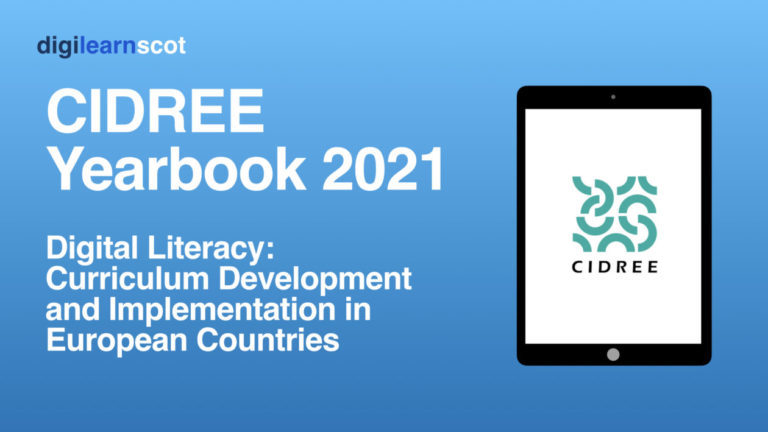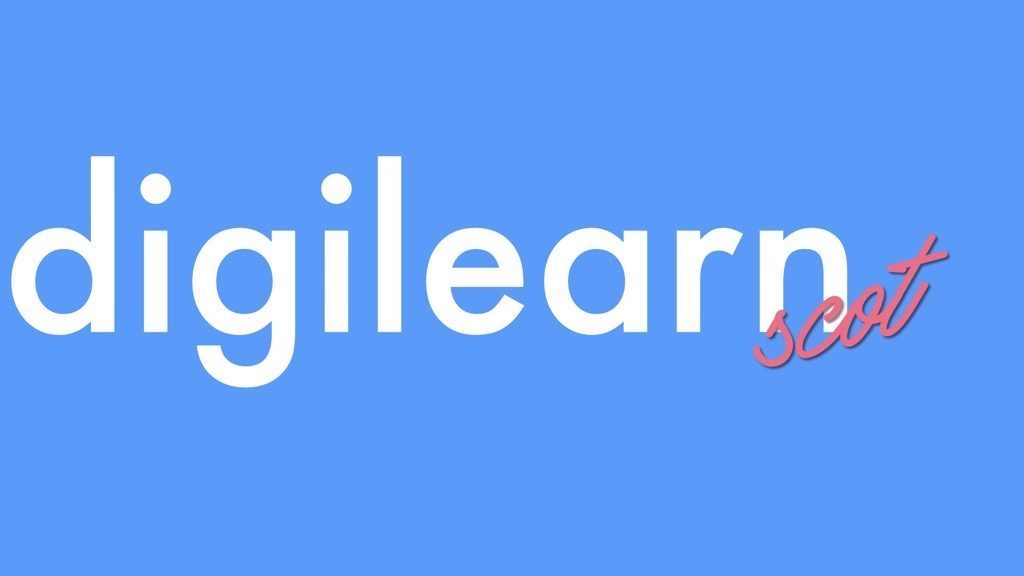This document provides advice for practitioners who are delivering learning and teaching online. It sets out a number of areas you will need to consider as part of planning for delivering learning and teaching online and considers both synchronous and asynchronous delivery.
Category: Documents
What Digital Learning Might Look Like
The aim of the document is to provide examples of learning activities and how they can be incorporated into a range of contexts at early, first and second level.
The document lists the experiences and outcomes in the left-hand column with suggested learning activities in the right-hand column.
These examples are not exhaustive and are only to illustrate how educators can include the digital literacy and computing science experiences and outcomes into cross-curricular contexts.
Improvement questions
- How confident are you that the experiences you are providing for learners allow them to develop the skills, knowledge and understanding outlined in the curriculum guidance?
- Do you know the level of digital literacy learners come to you with?
- How confident are you when using digital technology in your lessons?
- How well do your learners make use of high-quality resources and equipment, including digital technologies?

This is Digital Learning and Teaching Professional Learning Programme Case Study
This is Digital Learning and Teaching was a four-part professional learning programme delivered throughout the 21-22 academic year. This is a case study of the programme outlining its aims and impact.

Features of Highly Effective Digital Learning, Teaching and Assessment in Schools
This document outlines the features of high-quality digital learning experiences for all children and young people. It highlights the importance of highly-skilled staff who work with children, young people and others to ensure digital learning is motivating and meaningful.
It has been designed for use primarily by L.A. staff, senior leaders, school leaders, practitioners.

CIDREE Yearbook 2021 – Digital Literacy: Curriculum Development and Implementation in European Countries
The latest CIDREE Yearbook was published towards the end of last year. Titled Digital Literacy: Curriculum Development and Implementation in European Countries, we contributed the Scottish chapter on how digital literacy has been embraced by education practitioners and learners across Early Learning and Childcare, primary and secondary schools (ages 3-18).
It details how adapting and diversifying modes of professional learning are critical in providing practitioners with relevant, motivating and skills-building opportunities to improve their own digital learning and subsequently provide better digital learning for young people. It then expands on how this has led to the development of knowledge, skills and application in the use of digital tools and on pedagogical practice.


